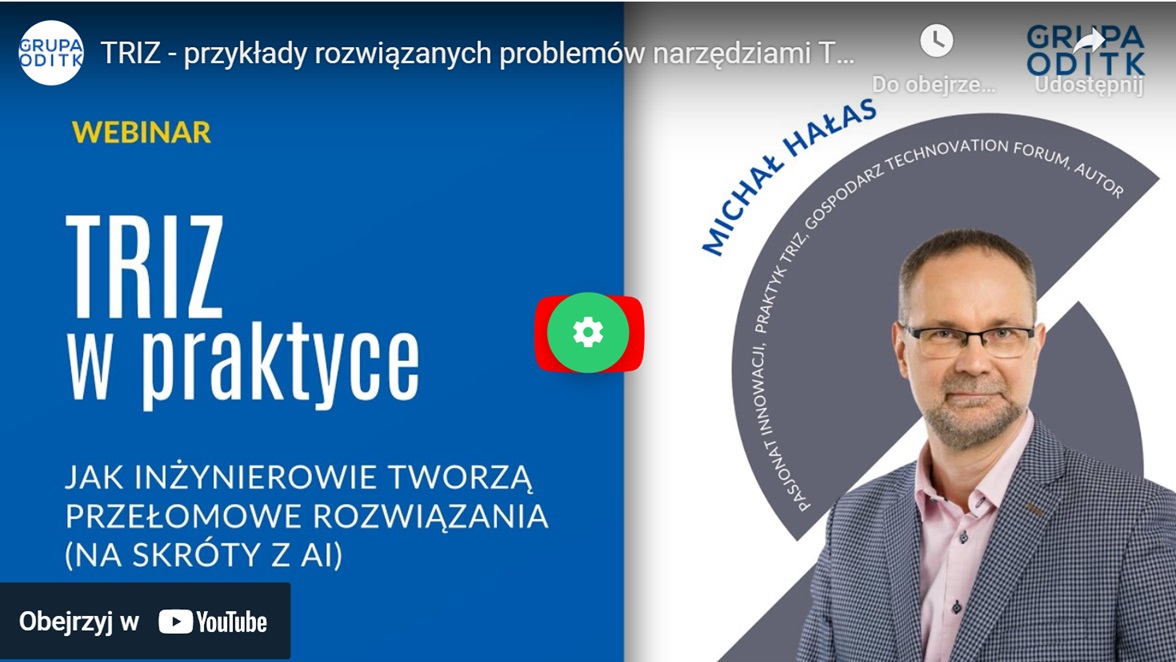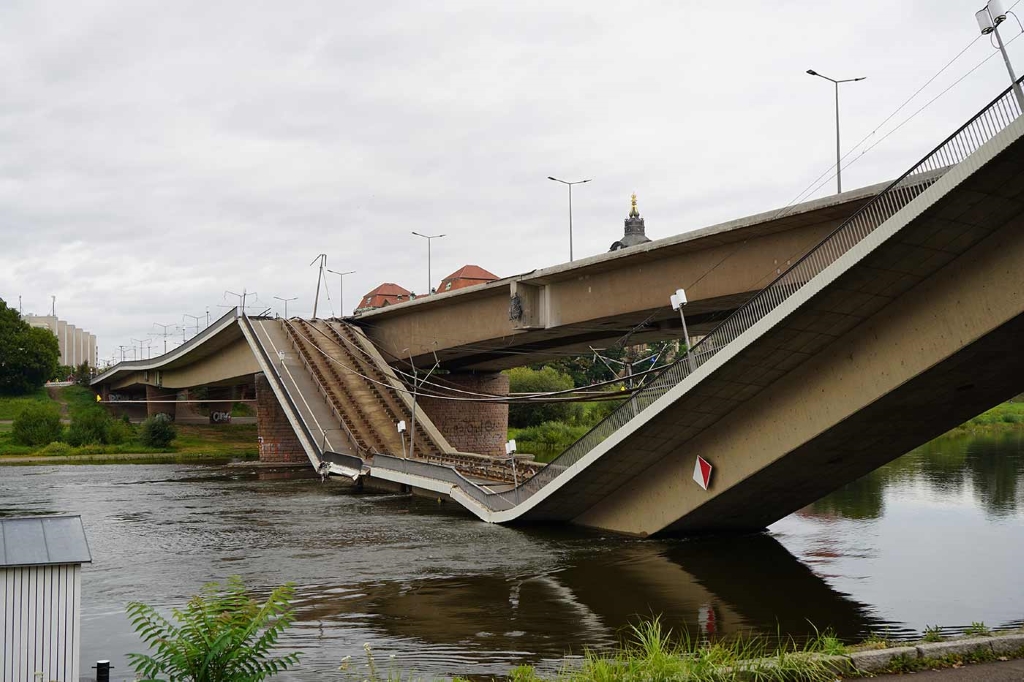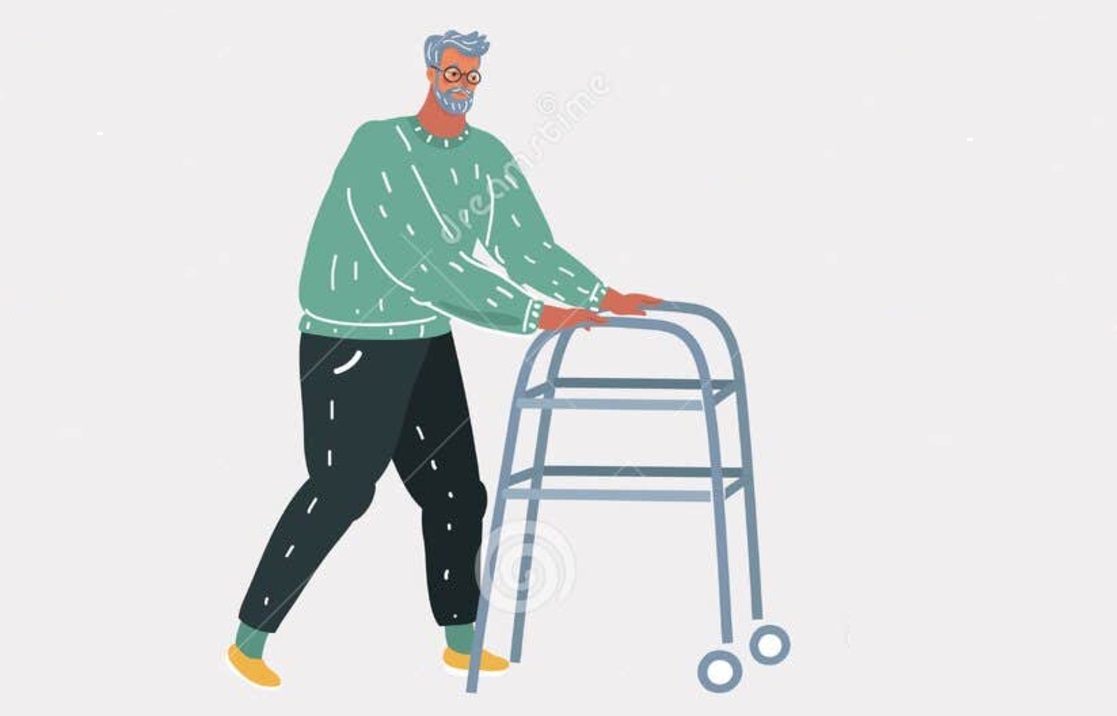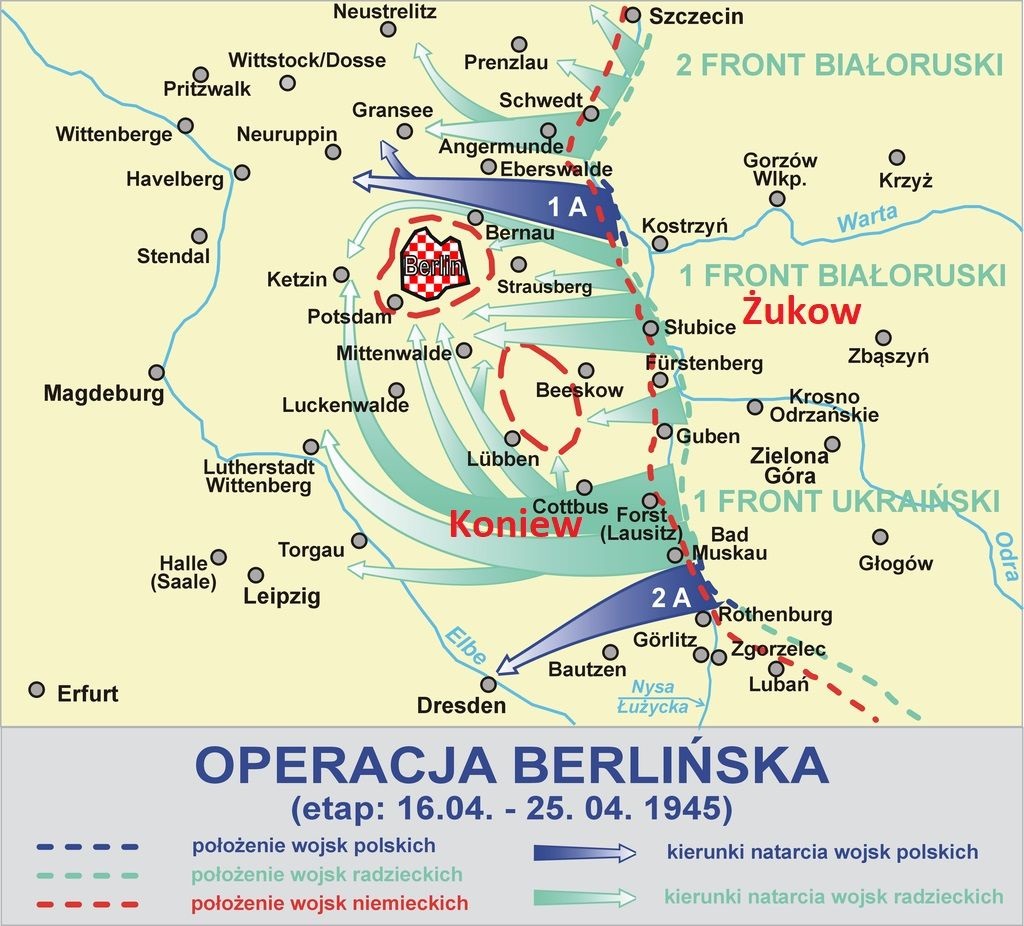I am currently running a TRIZ training course, 16 engineers in the room, and I am once again amazed by the power of one simple tool - the Ideal Final Result [other names: Ideal, Ideal Goal, Ideal Solution, Ideal Result]. So much effort can be saved in solving when we are well focused from the start.
This Ideal Result is not intuitive, because the goal is something that seems impossible to achieve at the outset (this is an important difference from SMART goals, which after all have to be realistic). Just as the role of the Pole Star is not to climb it, we do not usually achieve our Ideal Result, but still manage to achieve extremely effective solutions. As I recently experienced leading an insufficiently ideal goal and wasted several months of subsequent attempts because of it, it is until the power of this inconspicuous tool resonates within me.

Fig 1. The Polar Star is used for direction, no one is going to climb it.
What is the Ideal Final Result?
The Ideal Result is an extremely simple but non-intuitive tool for guiding attention in problem solving. It is one of the more important TRIZ tools, but can also be found in other creativity tools, for example DFA. Usually the ideal result is just one sentence. However, counter-intuitiveness is a major obstacle to using this tool.
The Ideal Result has nothing to do with Reverse Brainstorming, where we perversely ask how to cause a problem instead of looking for solutions.
How does it work?
Imagine the ideal end result, BUT don't try to find a way, to get there yet. Here is the tricky non-intuitiveness. We are so used to moving from a problem, through a way to a final solution, that it requires an effort to only formulate the final Ideal Result itself, to then go backwards towards the beginning. For it is only after we have formulated such an Ideal Goal that we look for a way to achieve it. It turns out in practice that this approach from the formulation of the Ideal to the search for a solution is much more effective than when we start looking for a solution starting from the current state.
Sharpening the goal
The Ideal Result for an operation that currently has 20% waste is ZERO waste, rather than reducing the amount of waste to 5%. Although for managers, a fourfold reduction in waste would be a good and understandable target. The Ideal Final Result is sharpened comparing to the one, that comes naturally to mind.
The Ideal Result should not seem achievable at first. Because otherwise we will get a mediocre solution rather than an outstanding one. When we start to focus on the possibility of achieving a very radically set goal, we will find solutions that we would not have reached had it not been for a sharpened Ideal Target.
Because if you assume 5% at the outset you may miss out on how you can achieve this operation well below 1% waste. You simply won't even look for such technologies.
"If I asked my customers what they would want, they would say faster horses." Henry Ford
Features of the Ideal Final Result
The Ideal Result can be a single sentence (sometimes multiple sentences at a higher level of TRIZ) in which:
1) It retains/achieves all the benefits of the solution.
2) It removes all harms.
3) It does not increase the complexity of the system.
4) It does not introduce new side effects, costs, hassles.
5) It uses simple language, in words that a 12-year-old can understand.
Example of an Ideal Final Result:
‘Our solution makes the ship get out of the water on land by itself without additional complications, costs or effort.'
We don't know the solution yet, but we let a sentence like this lead our thoughts to discover an idea to get closer to this goal. Because otherwise we are doomed to an expensive dry dock with its long pumping out of water or a complicated lift or winch.
The strongest illustration of the Ideal Result that I know of is if we could use an image instead of text - here below, let's see below, a ship being driven ashore just by momentum.
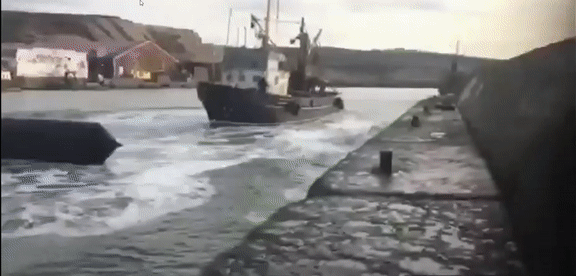
Fig.2 If the Ideal Result could be filmed, this is what it might look like.
Can such a visualisation inspire an actual solution using the momentum of the vessel in this case? Of course, the video is just a backward-shown cutter launch, but it has the power to inspire an actual solution. That's the whole point of the Final Ideal Result.
The Ideal Result has to be seen (imagined) in a sense, and then you can let your imagination run wild. I suggest you close your eyes for a moment and imagine your solution inspired by the cutter shown.
I, after seeing the video, imagined a specially shaped concrete trough rising out of the water in the quay, slightly wider than the vessel with a large trolley attached to the end of the trough. A ship enters this trough at a very precise speed, raising the water level locally in the trough so that the ship rises quite a lot higher than it was when it originally entered. In due course the excess water drains out through the holes so that the cutter settles exactly on the trolley prepared for it. The speed of entry can be calculated so that exactly this happens. Today's CFD software makes it possible to do such simulations. Once the vessel has settled on the trolley it will be possible to move it on its wheels. The trolley will also be able to be used to launch such a ship. It may be necessary to protect the sides of the ship when entering it. I have seen many times how precisely ships are positioned on dozens of special blocks in dry dock, I believe that an inrun solution is possible also for larger ships, whose three-dimensional geometry is, after all, well known. The only trouble here is the speed of the whole action, but this is also an advantage. Such an idea is worth comparing with existing winches for cutters.
The use of tides to settle ships on land could also be interesting, and this does not at all end the list of possible solutions inspired by the sentence the ship lifts itself out of the water onto land.
I am now pulling back the reins, to return to the topic of our tool.
Instead of a robot
See the example below - upgrading the end of a yoghurt production line could have a very ordinary ending. The goal would have been achieved by installing a €250,000 robot taking yoghurts from the conveyor belt into boxes. However, the ideal was for the yoghurts to pack themselves into the cartons. The effect was achieved for a quarter of the price of the robot.
Fig.3 A one-minute example of a yoghurt solution inspired by the Ideal Final Result.
Rail example of the Ideal Final Result
The problem: Leaves on the rails often cause train delays during the autumn season because the slippery, thin (around 25 microns) layer on the rails created by the swattering of leaves combined with moisture makes it difficult for trainsets to brake and start. Such train slippage costs the railways in the UK alone £60 million a year.
Fig.4 A film illustration of the problem of slippery rails taken by the BBC (4 minutes).
The ideal is to have no problems with trains starting and braking due to falling leaves. No effort, no cost, no extra complications and no waiting. There are two ways to go backwards from here (you could call them separate ‘sub-goals’ ideal)
Sub-goal1: Our solution prevents such a slippery substance from forming on the surface of the rails.
Sub-goal2: A layer of compressed leaves does form, but thanks to our solution this does not affect the braking and acceleration of the trains.
Of course, this solution is completely hypothetical at the initial stage, we assume that it exists and our role is to discover it. This is difficult because all our intuition wants instead is - to jump straight to solutions.
Each of these two sub-goals is developmental and can result in many interesting solutions. A completely perfect solution (no cost, no additional harmful effects) has not yet appeared in the world, but after all, we don't often reach the ideal.
When I was working on this topic, the use of a train braking system based on compressed air was very promising - the result would be that leaves would be blown off in front of the train wheels. This is a solution related to subcell1. Another would be to replace deciduous forests with coniferous ones near the tracks or to seed the trackside with field horsetail, which can capture leaves without producing leaves. There are solutions in use in the UK, for example, that target sub-cell2 - special trains that clean the rails. Unfortunately, due to the high cost, this is not ideal. More promising seems to be the use of a magnetic field to brake a depot that has lost friction due to this slippery layer, the rails are magnetic after all and eddy currents appear in them when you move a magnetic field over them.
The biggest difficulty
When teaching this tool, I have noticed that the most difficult thing is, instead of moving from the problem to the solution (this is a strong habit), to stop at half-step and, without trying to find the solution, to define only our Ideal Result. If you would like to practice on something, don't take a situation you know the solution to, just a fresh problem.
The difficulty is not intellectual, but lies in breaking the habit of going from problem to solution. In this tool, after defining the problem we go to the impossible result, which tips our thoughts towards solutions backward, so to speak. If it seems like a small difference to you, the old way in practice can mean a lot of unnecessary attempts. I have painfully experienced this myself.
The formula
There is a formula for the level of ideality. The Ideal result has all the possible benefits without any of the harm and cost. Therefore, in working deeper into the ideal, we detail the benefits we would want in a particular situation and the negative side effects we don't want.
Here is one version of the Ideal level formula:
Level of ideality = {SUM[benefits] - SUM[harms]} / SUM[costs]
Using the above formula, example Ideal Results can be formulated as follows:
For the iron as a crease-solving system:
Ideal Result (I chose a shirt): The shirt straightens itself, no creases remain, with no effort or cost and no harmful side effects.
A well-known approach to this goal is the non-iron shirt.
For the watch, as a system that notifies us of the current time:
Ideal Result: A person, whenever he or she needs to, knows what the exact time is without additional effort, cost or damage.
A familiar approximation to this ideal is the displayed time on a mobile phone screen. A novelty that can provide this is electronic lenses attached to human eye with a display. At the time of writing, researchers from Finland's Aalto University and the University of Washington are working on this - it is not commercially available yet.
A goldfish perspective
Since it is not easy to formulate our Ideal Result at the beginning, one can be helped by fairy tales. Because if you caught a goldfish, what would your wish be relative to the problem?
Would it be in relation to the leaves on the rails that, although the leaves fall from the trees in autumn, they do not form a thin, slippery layer on the rails? And this without the expense and special effort and any side effects? Simply by looking at the model of ideality, we should indicate the sum of all the benefits we want and add that our system should achieve this on its own, without cost or side-effects. This was difficult for me to get used to at first, but such a formulation has the power to guide our thoughts.
When I was working on the installation of road signs, the Ideal Result was that a complete sign should fix itself in the ground without additional operations, side effects, for zero cost and in a fraction of a second. Seemingly a fantasy, but if you let your thoughts enter such a place, after a while the first ideas of how you could get closer to such a result start to emerge. Of course, this is just the beginning of the journey, but I'm not starting with the old way, which is the technology of digging a pit into which I put a post vertically to pour concrete there. And the early abandonment of a technology that has reached its limits, is a big deal.
‘The ideal System? - The system is not there,
but its function is fulfilled’
Henrik Altszuller
Above: a very good lecture on the Ideal Result by Leonid Chechurin - 11 minutes.
And neuroscience
Some time after the original version of this article was published, I became aware of the convergence of the Ideal Result with coaching on the topic of motivation. It is about the emotional connection to the problem being solved. An important fact confirmed by neuroscientists is that the brain does not distinguish between impression (imagined) and real experience. So by imagining the Ideal Result, we make it easier for ourselves to dissolve some of the limiting beliefs suggested by our mind. The secretion of hormones by the pituitary gland is triggered, resulting in a change in mood, especially if we already have the first ideas of how a solution can be achieved. Subsequent ideas can get us so emotionally wound up that we are able to go through many setbacks believing that a solution is just a step away. Although there are times when there are still quite a few steps to complete the solution. The topic of emotions in coming up with solutions is worth exploring further in a separate article. Thanks to Agnieszka Długołęcka-Kurzyk for noting the link to coaching and motivation.
Comparing solutions
Once we have come up with a number of solutions, it is time to evaluate them. The concept of an ideality level formula can help us do this. When we compare solutions, we are interested in - how many benefits each solution offers, what unwanted side effects (complications) and costs occur.
When we define well in the Ideal Result what benefits we want, the solutions giving the highest benefit, but precisely with the lowest costs and harms, will be rated highest.
Michał Hałas
TRIZ expert
Below is a short video about the Ideal Result (credits: University of Bath, BIO TRIZ)


